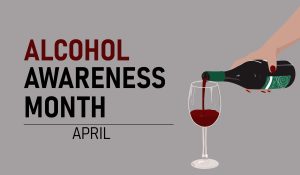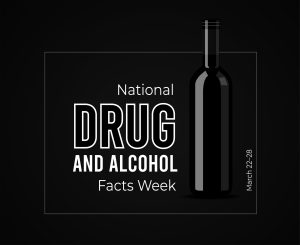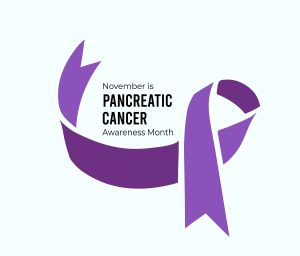 Osteoporosis is a condition that causes bones to become brittle, making it easier for them to fracture in response to trauma or pressure. This occurs as a result of the loss of bone density over time.
Osteoporosis is a condition that causes bones to become brittle, making it easier for them to fracture in response to trauma or pressure. This occurs as a result of the loss of bone density over time.
After the age of 30, bone mass continually decreases; as a result, your likelihood of developing osteoporosis depends in large part on how much bone mass you developed in your youth.
Aside from age, a variety of factors affect your risk of developing osteoporosis, some of which you may not have any control over. These include:
- Assigned sex at birth (women are much more likely to develop osteoporosis than men)
- Race (osteoporosis is most common in people of white and Asian descent)
- A family history of osteoporosis and fractures
- Body frame (a smaller frame tends to correlate with osteoporosis due to smaller amounts of bone mass)
Despite these unchangeable factors, there are steps you can take to decrease your risk of osteoporosis. These mainly include building healthy lifestyle habits and actively managing medical problems that can contribute to osteoporosis. Some examples include:
Staying physically active: A routine that includes a mixture of weight-bearing activities (exercises such as running, dancing, hiking, or aerobics) and resistance exercises (incorporating movements such as pushing or pulling against opposing forces such as weights or elastic bands) three to four days per week is ideal for stimulating bone health.
Following a diet that promotes bone health: A diet that protects and stimulates bone health should include the recommended daily amounts of calcium (approximately 1,000 mg for people aged 19-50), vitamin D (about 15 micrograms (mcg) for people younger than 71), and protein (approximately 0.36 grams of protein for each pound of bodyweight). You should also avoid smoking and limit alcohol consumption.
Working with a doctor to identify medical risk factors: A variety of conditions and medications, particularly any which contribute to hormonal imbalances, can increase your risk of osteoporosis. Specialists such as endocrinologists can help you identify medical risk factors early and develop an effective prevention strategy.
You can receive a diagnosis, treatment, or preventative care for osteoporosis at Flushing Hospital Medical Center’s Ambulatory Care Center. To schedule an appointment, please call (718) 670-5486.week is ideal for stimulating bone health.
All content of this newsletter is intended for general information purposes only and is not intended or implied to be a substitute for professional medical advice, diagnosis or treatment. Please consult a medical professional before adopting any of the suggestions on this page. You must never disregard professional medical advice or delay seeking medical treatment based upon any content of this newsletter. PROMPTLY CONSULT YOUR PHYSICIAN OR CALL 911 IF YOU BELIEVE YOU HAVE A MEDICAL EMERGENCY.









